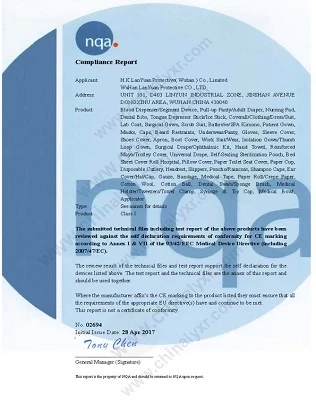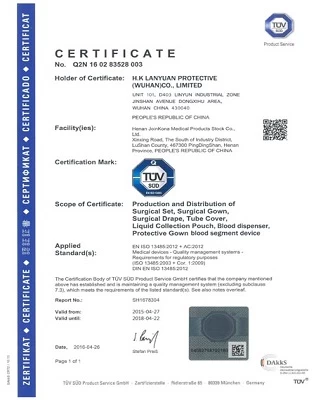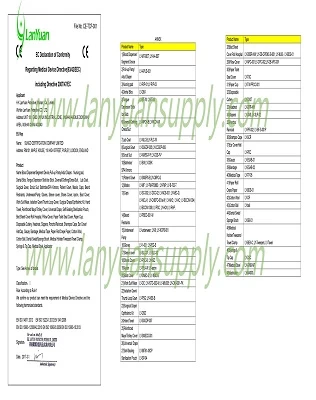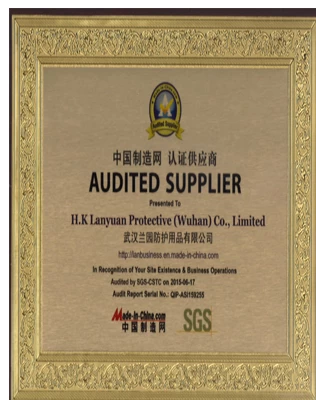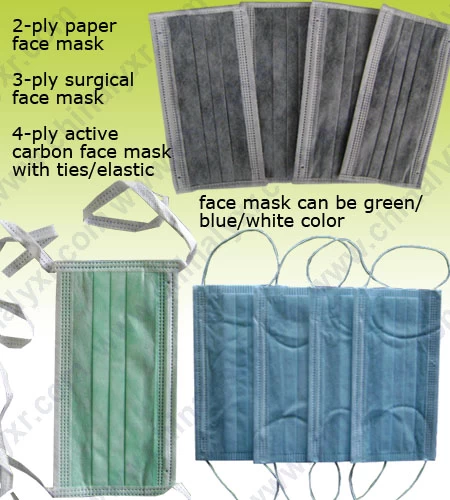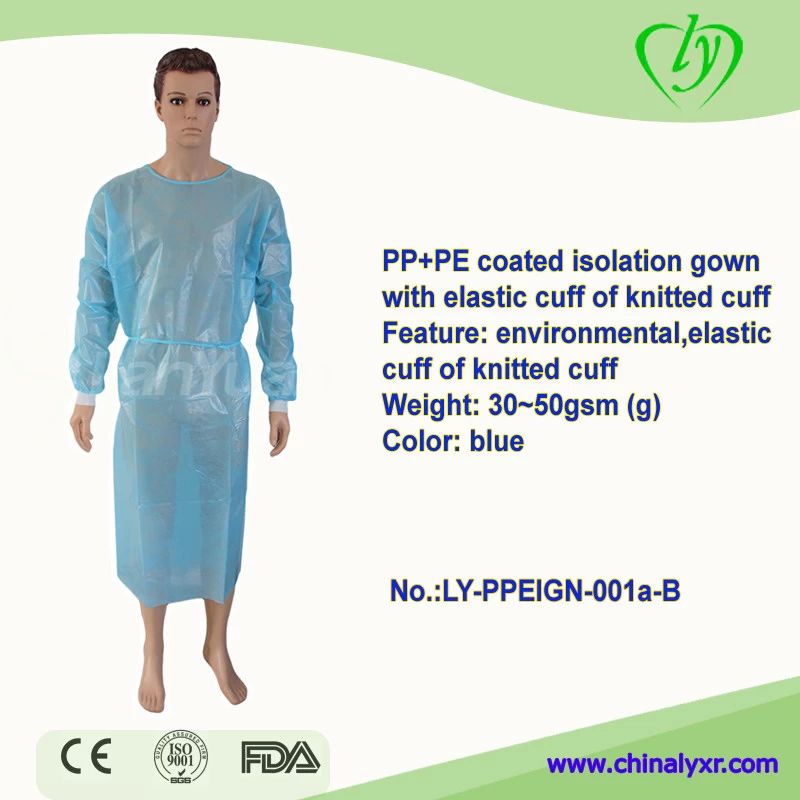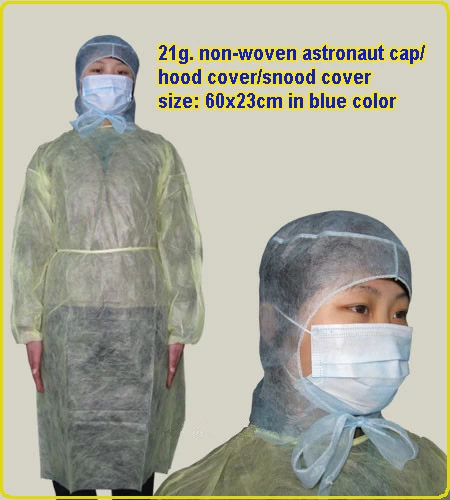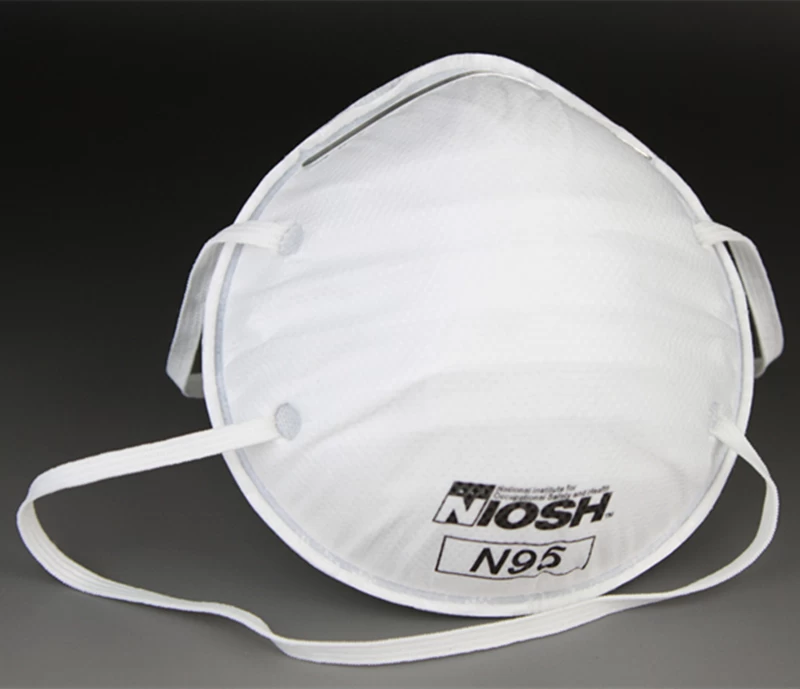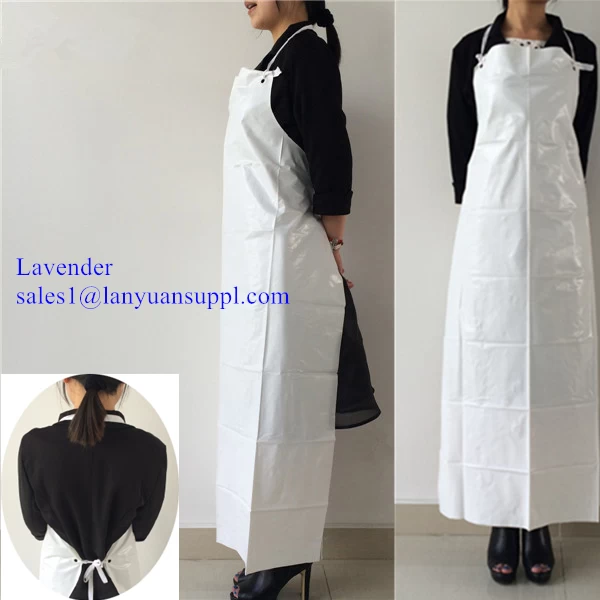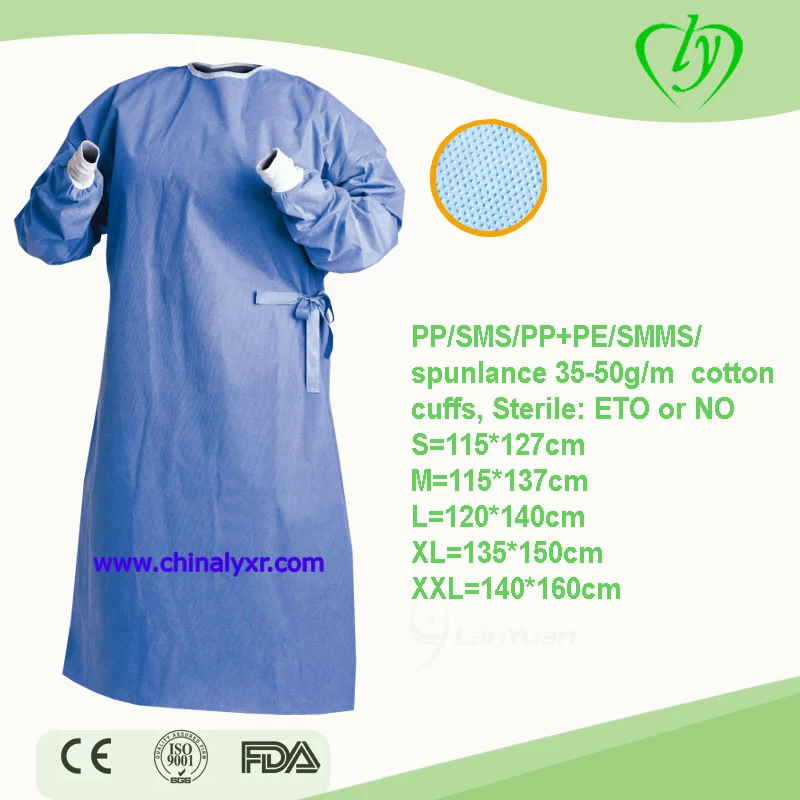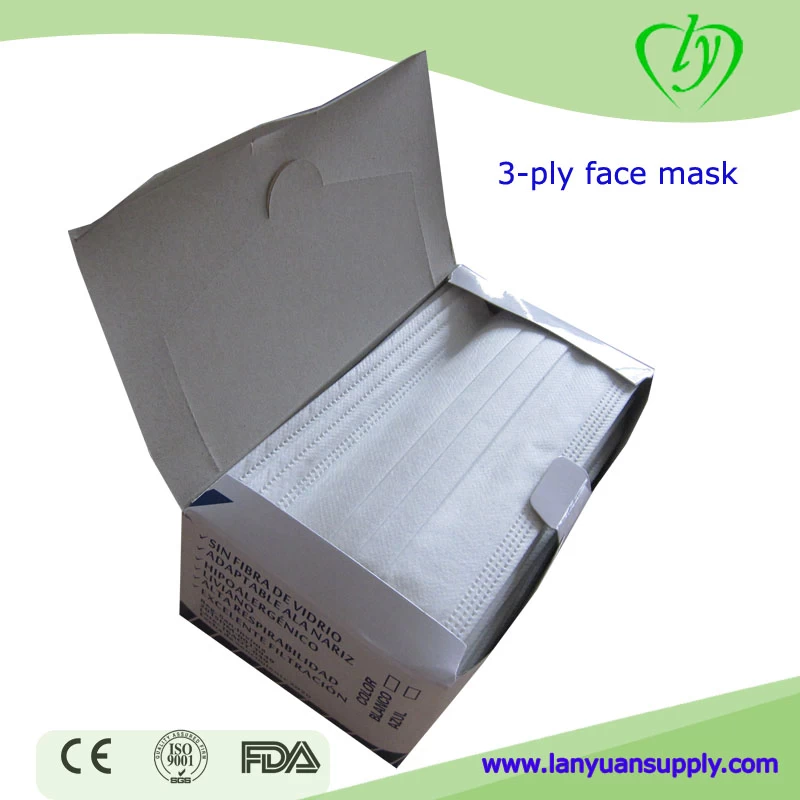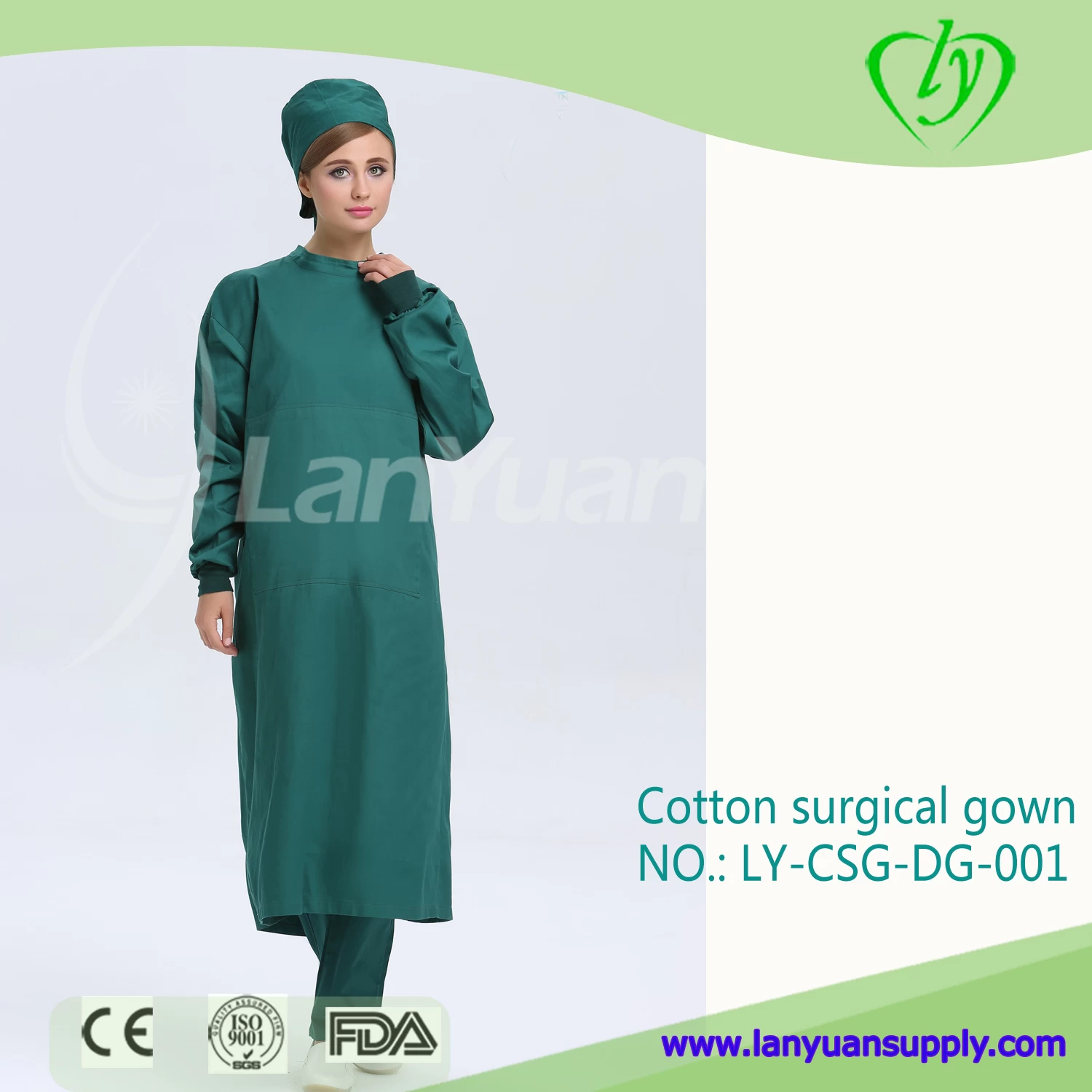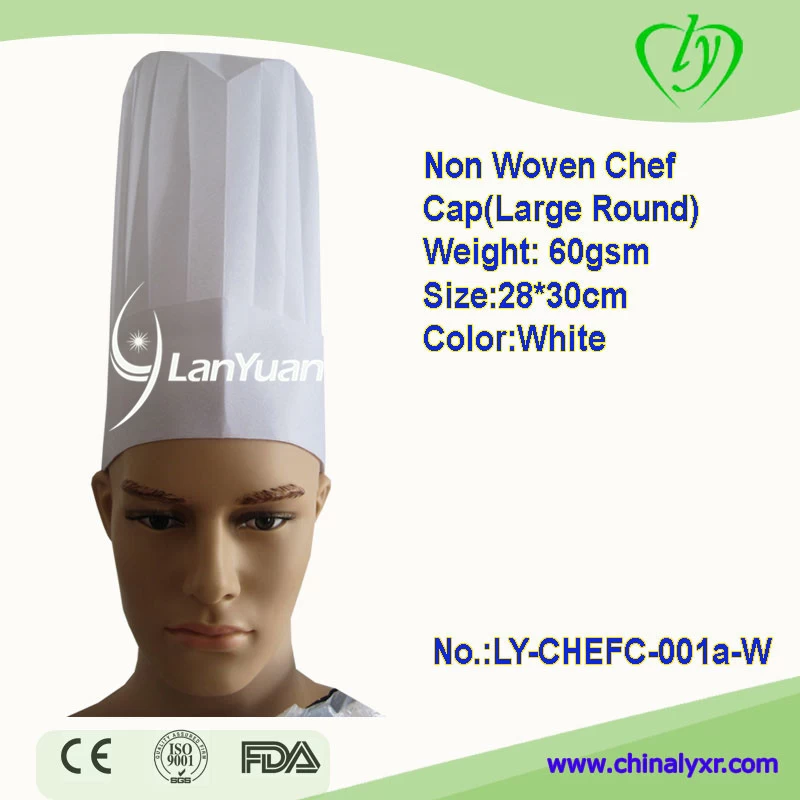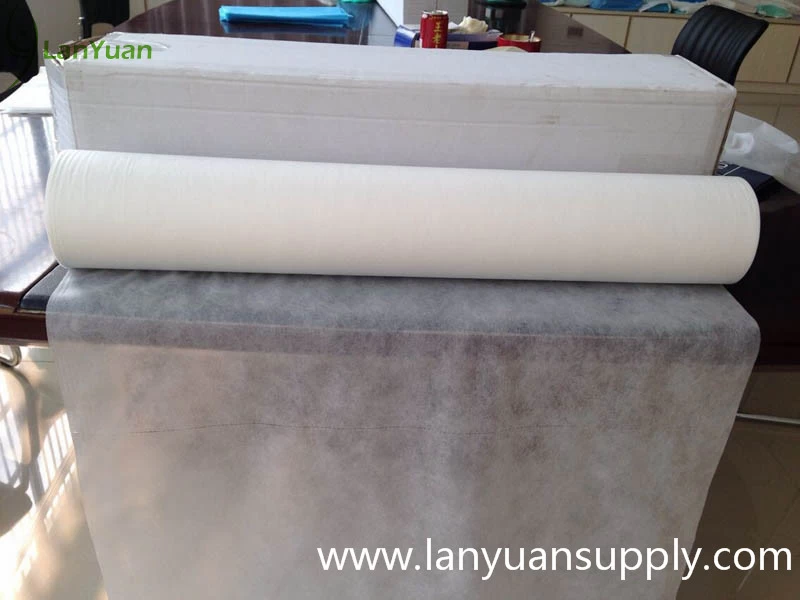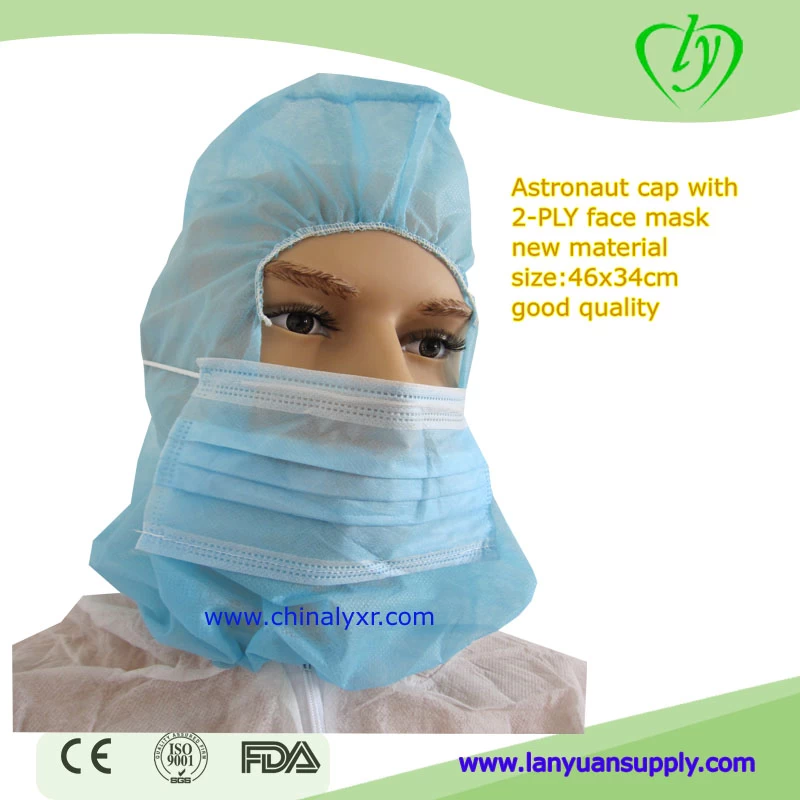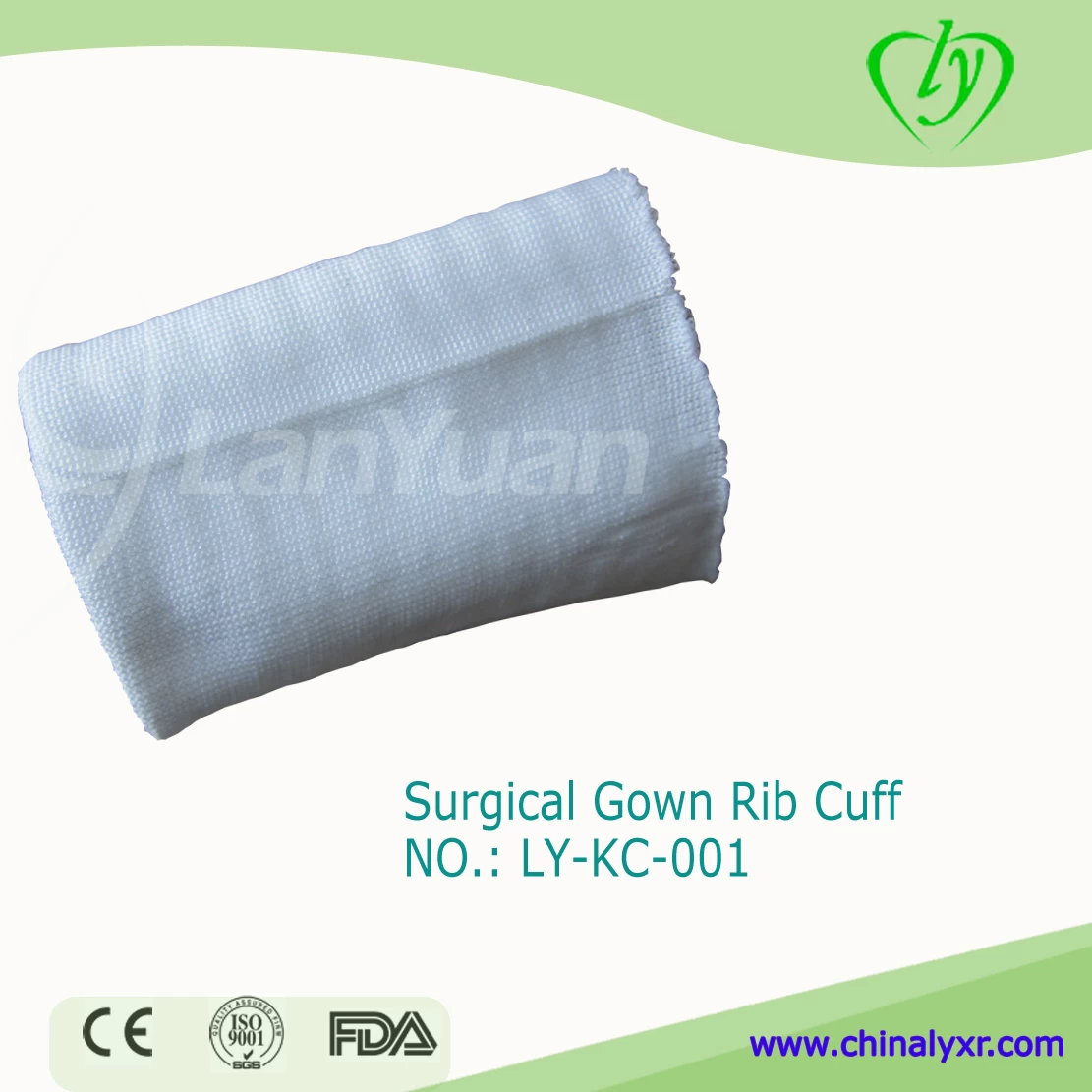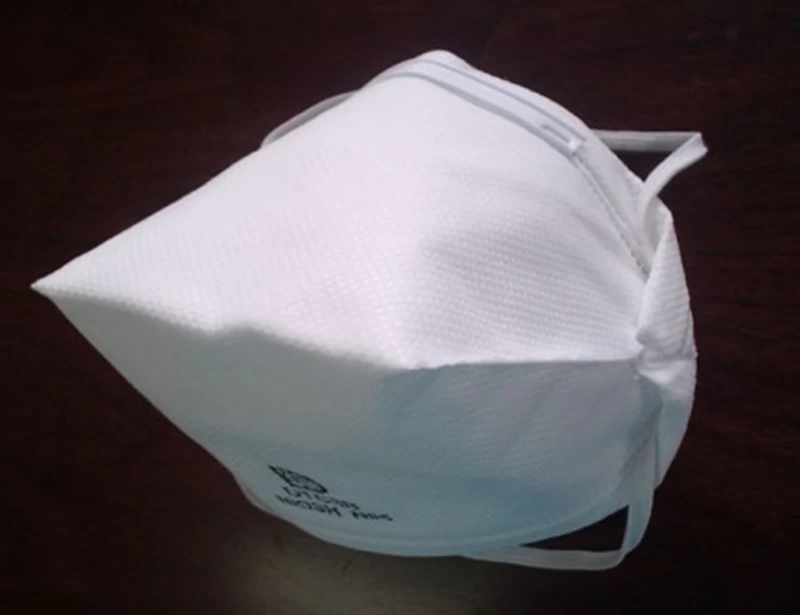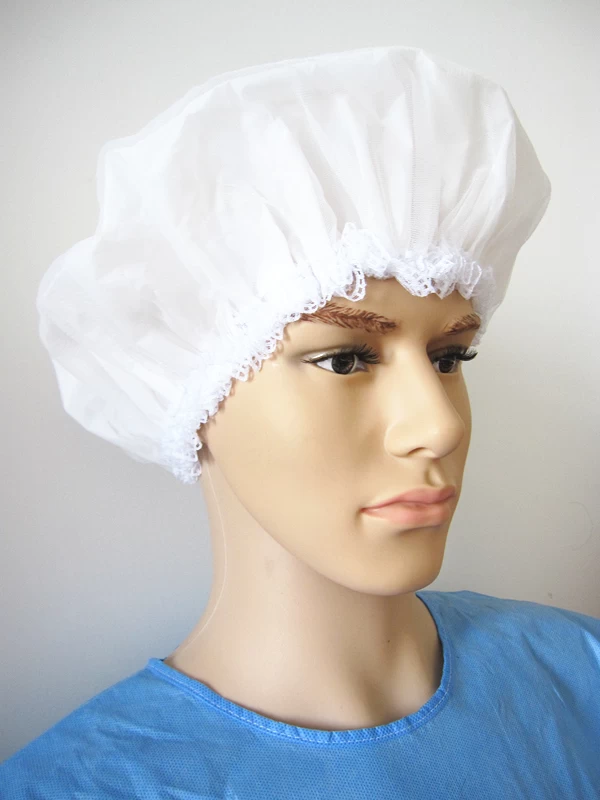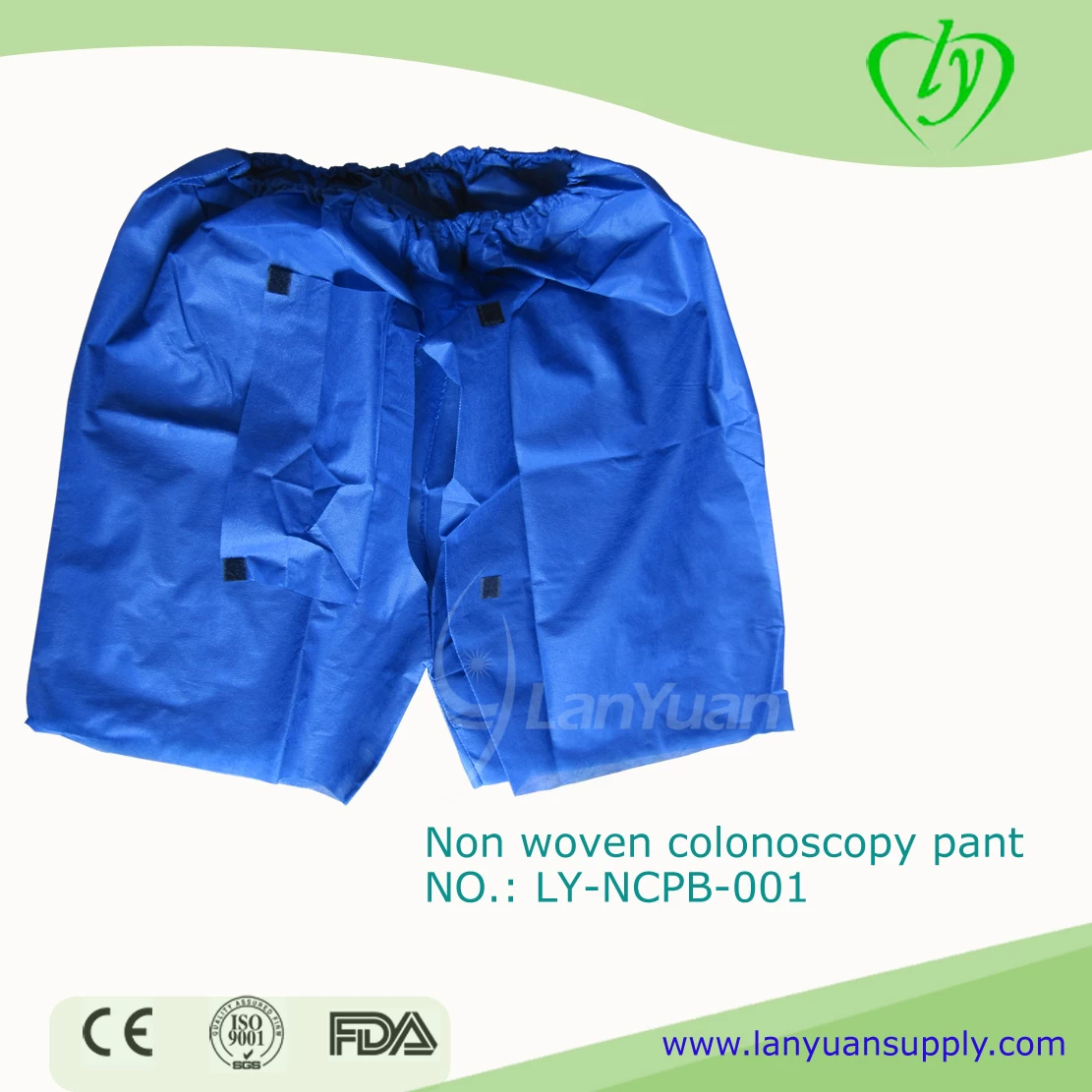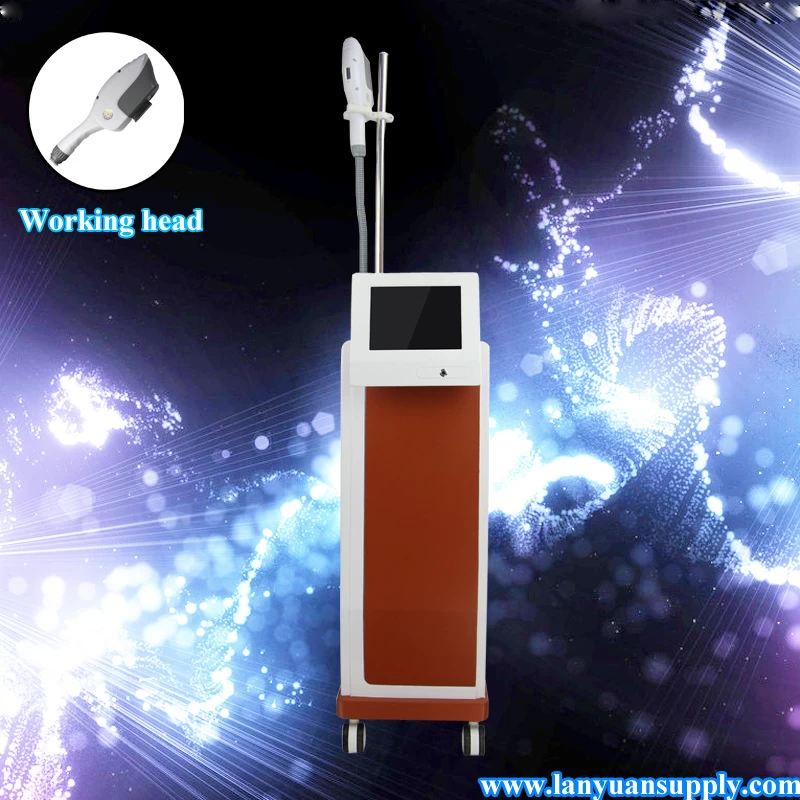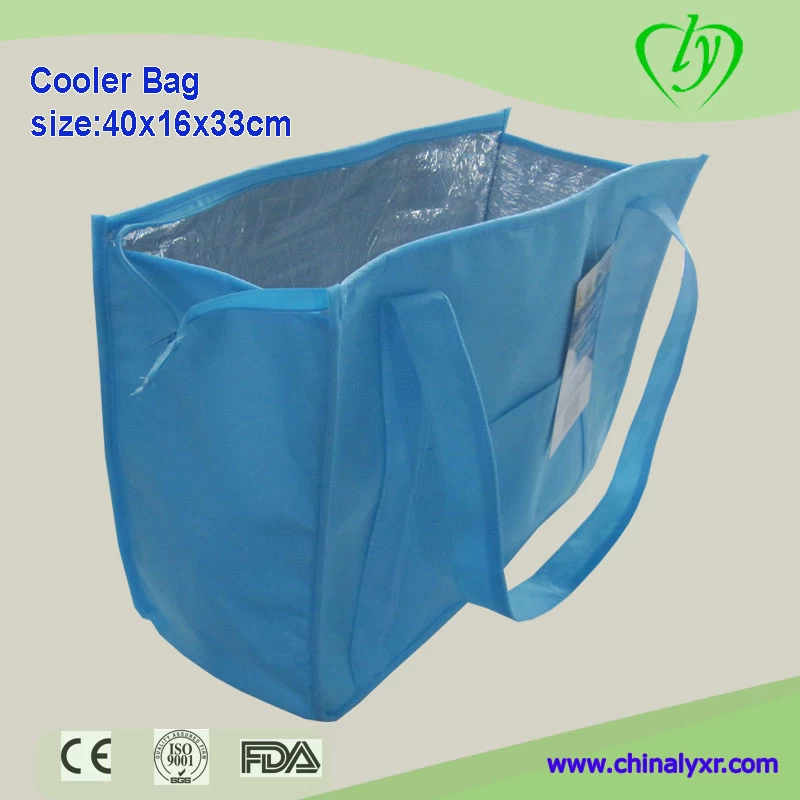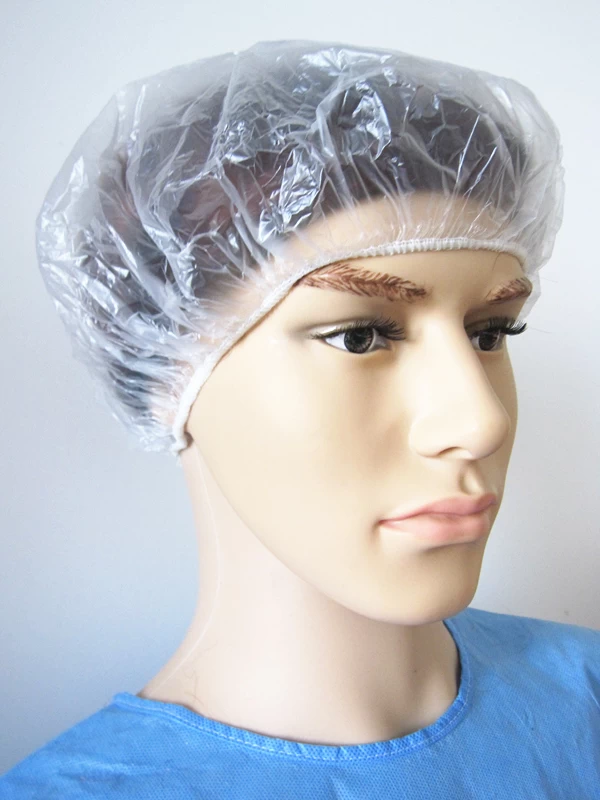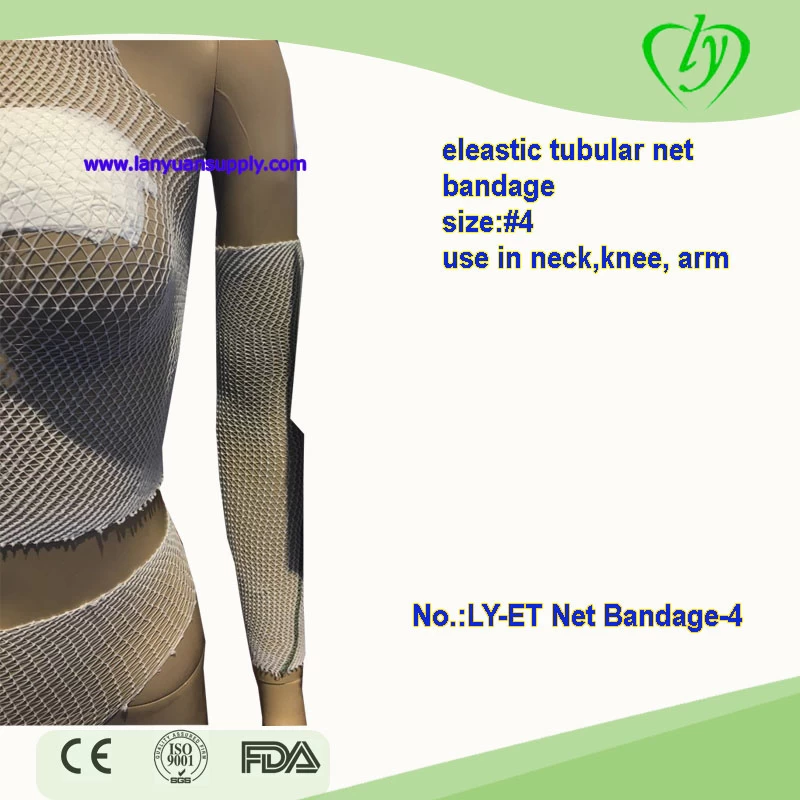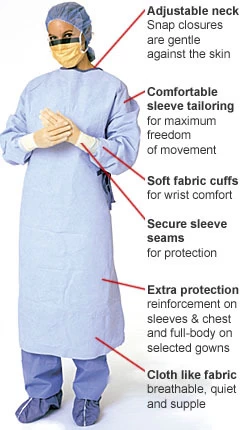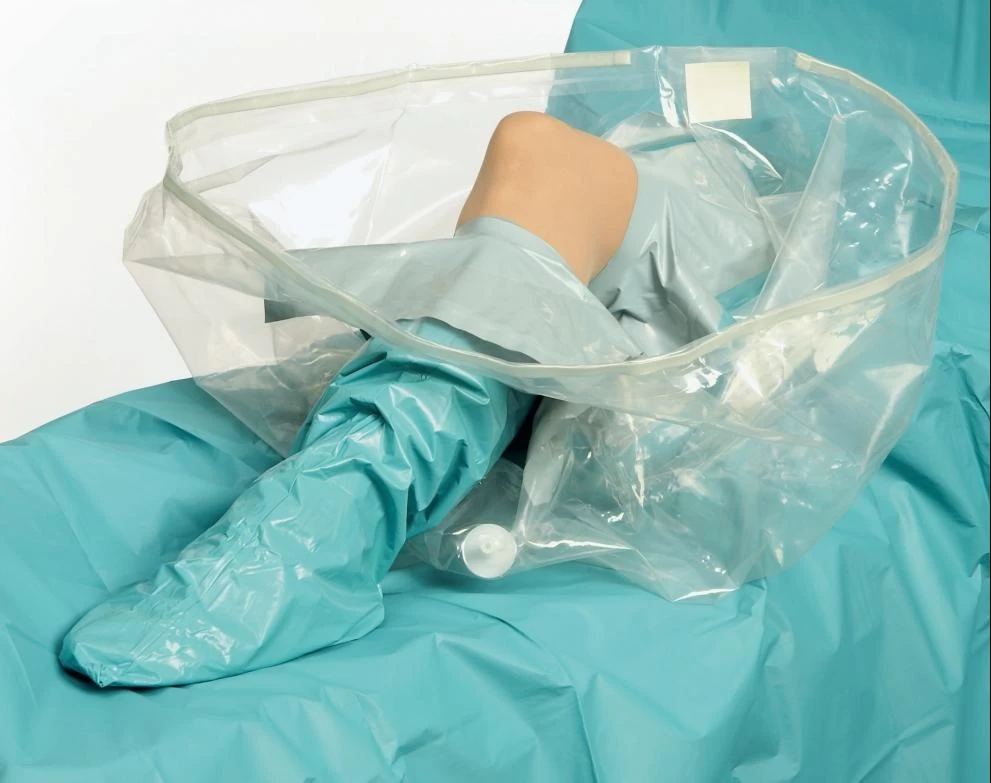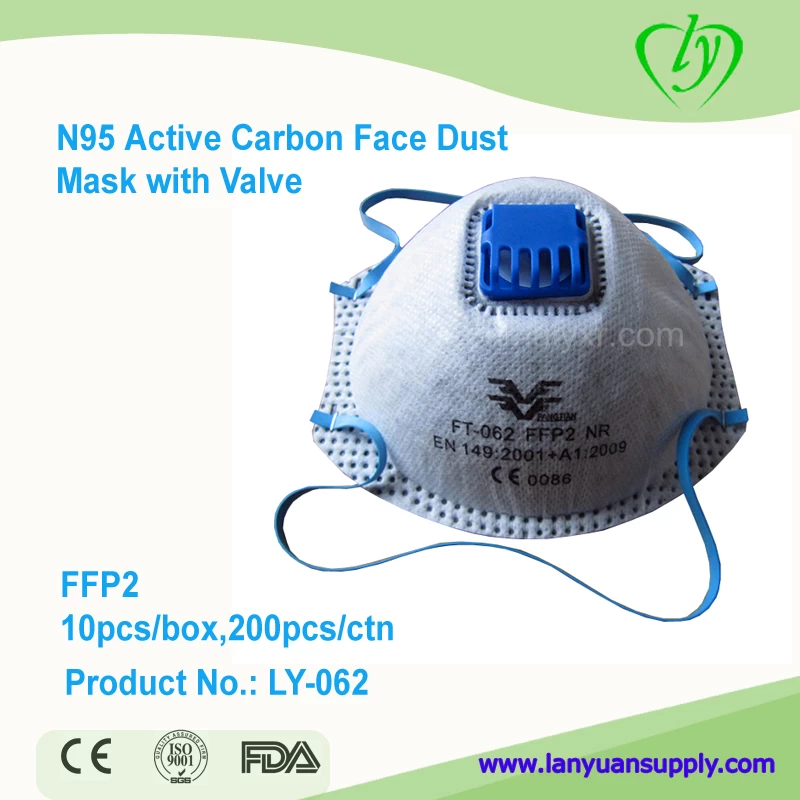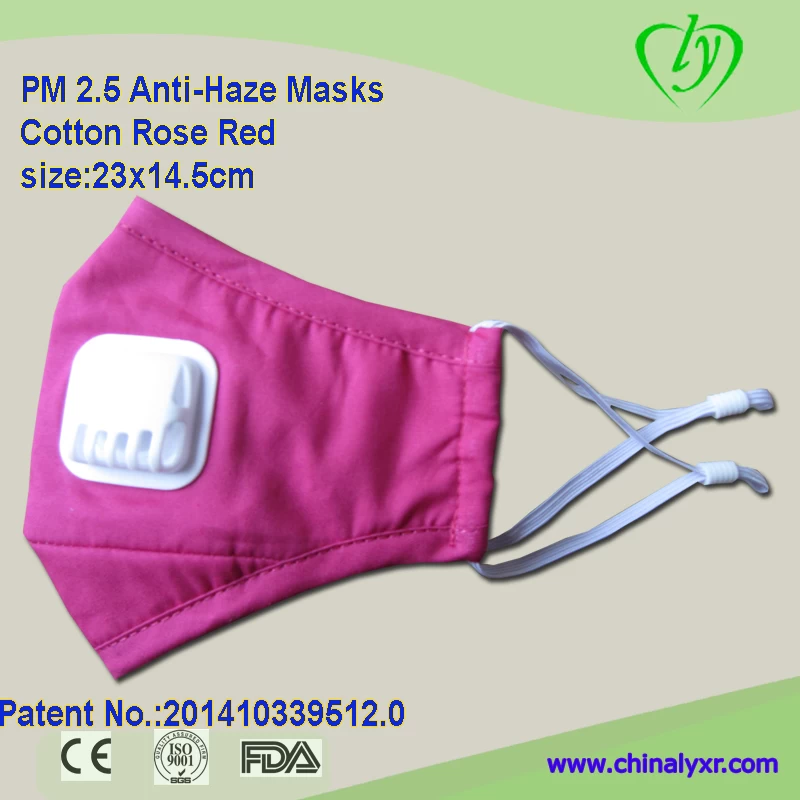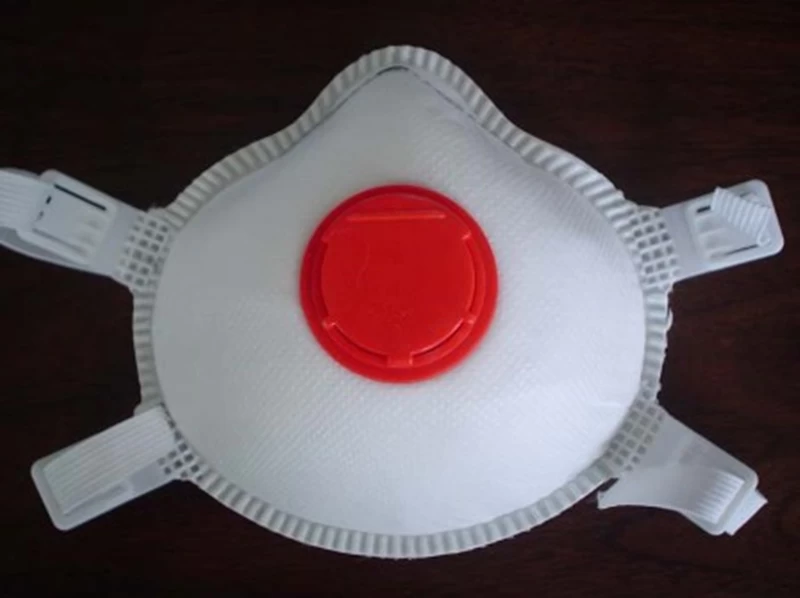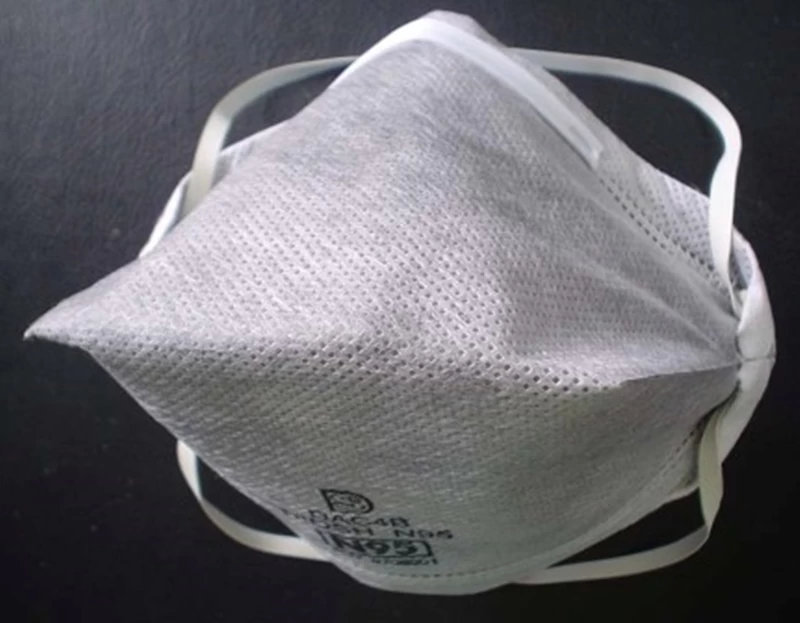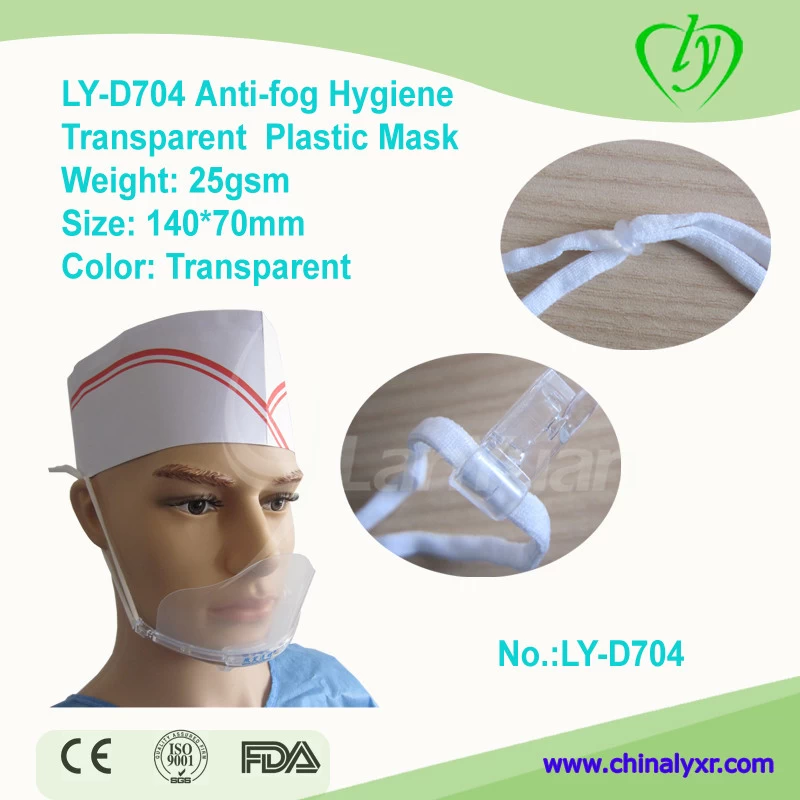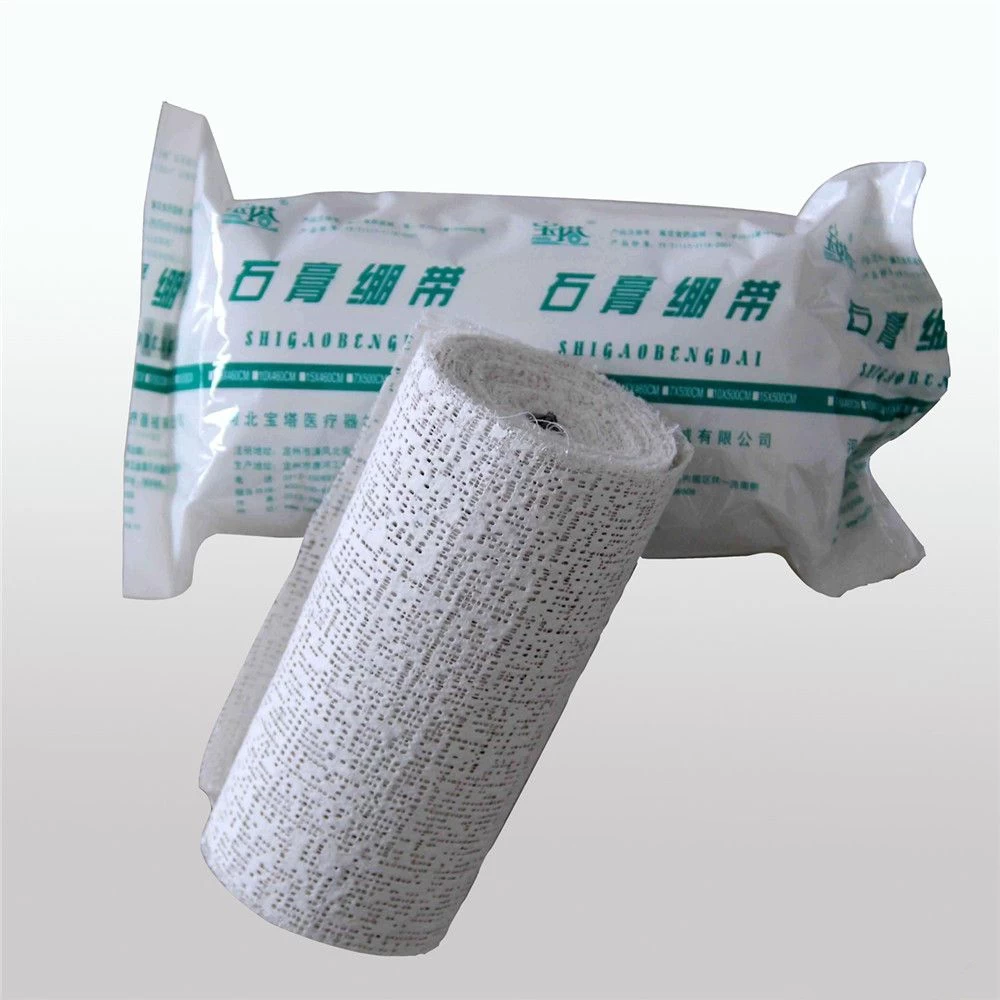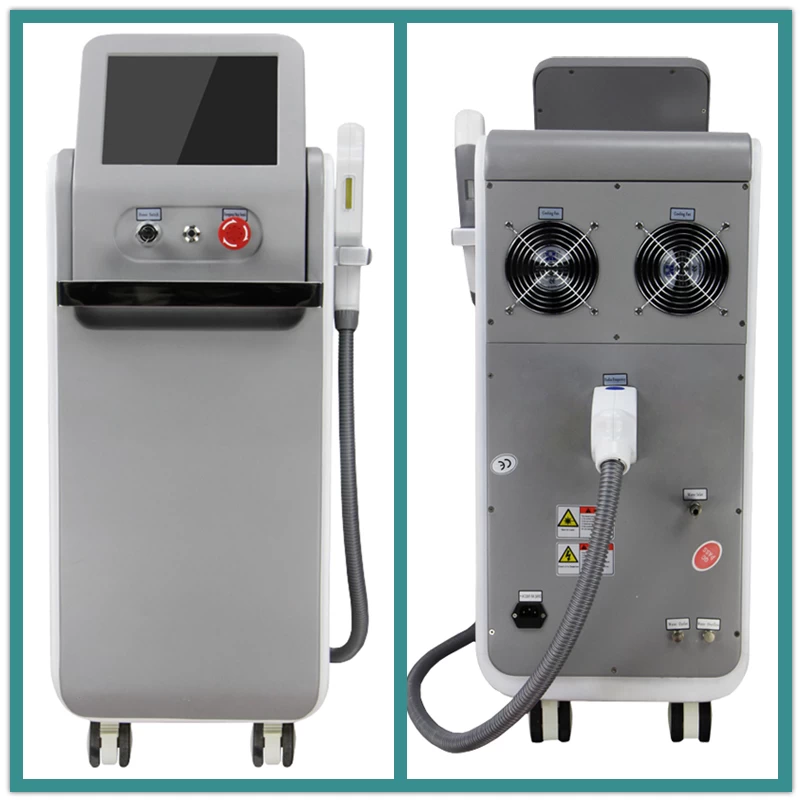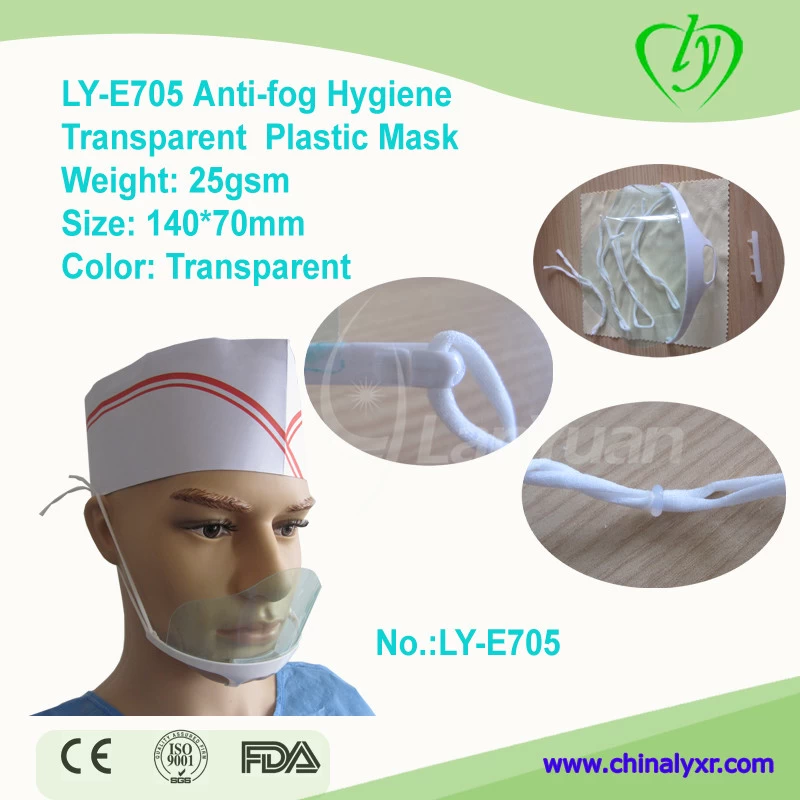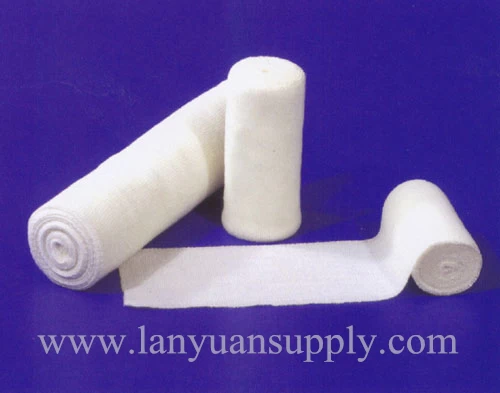How to Choose A Perfect Body Wrap Bandage?(1)
Since a body wrap is, methodically, a treatment where Elastic Bandages or Plastic Wraps are snuggly wound around the body, it is very important to secure high quality bandages and enough rolls of them to ensure optimum coverage of your entire body or areas you want to treat.
A full body wrap, where you wrap from your ankles up to your trunk and out to your arms, takes 12 to 15 pieces (depending on body size) of rolls measuring 1.5 metres when fully stretched. The wider the bandages, the better they are for body wraps because it means you’ll have to roll them around less, which is more convenient.
2 Major Types of Body Wrapping Bandages There are 2 common options for bandages: cloth/elastic bandages and plastic wraps. They both have their benefits and drawbacks, which will be further discussed below. Bandage Type 1: Cloth or Elastic Bandages Cloth/Elastic bandages are similar to regular ACE Bandages only that those custom made for body wrapping are wider. Because they are made of cloth material: you can spare yourself from having to purchase wraps every time you want to have a body wrap treatment because cloth bandages are reusable they are washable, and with proper care and safekeeping, they can be used over and over again without losing its elasticity they allow for good compression while allowing the skin to breath, unlike plastic wraps they can be heated so that they can be applied warm to the skin enhancing the detoxifying effects of the treatment, and they can be soaked in a body wrap formula liquid formula, which is an advantage if you don’t want to apply clays or muds directly on your skin. Elastic bandages also have a fair share of drawbacks which are listed below: First time users may find these types of bandages hard to manipulate, most especially when rolling them around the trunk and reaching out to the back area. These bandages also create the need for washing and drying after a wrap - something that could seem a chore for those who just want to spend a lazy day after the treatment. On Wrapping Using Cloth/Elastic Bandages In a large pot or any heating unit, soak the bandages in water and liquid formula according to specified proportions. If you’re not using a liquid body wrap formula, just put in enough water to cover all your bandages. Heat the solution to 50 degrees Celsius for 30 minutes to allow the bandages to be saturated. Use tongs to remove the bandages one at a time from the pot and wait until it is tolerable to touch. Wing out the excess water, and you’re ready to apply the wraps! On Caring for your Cloth/Elastic Bandages Wash them in fragrance-free liquid soap or borax or machine-wash with warm water on a gentle cycle. Hang to dry. Re-roll them and store until your next home wrap.









